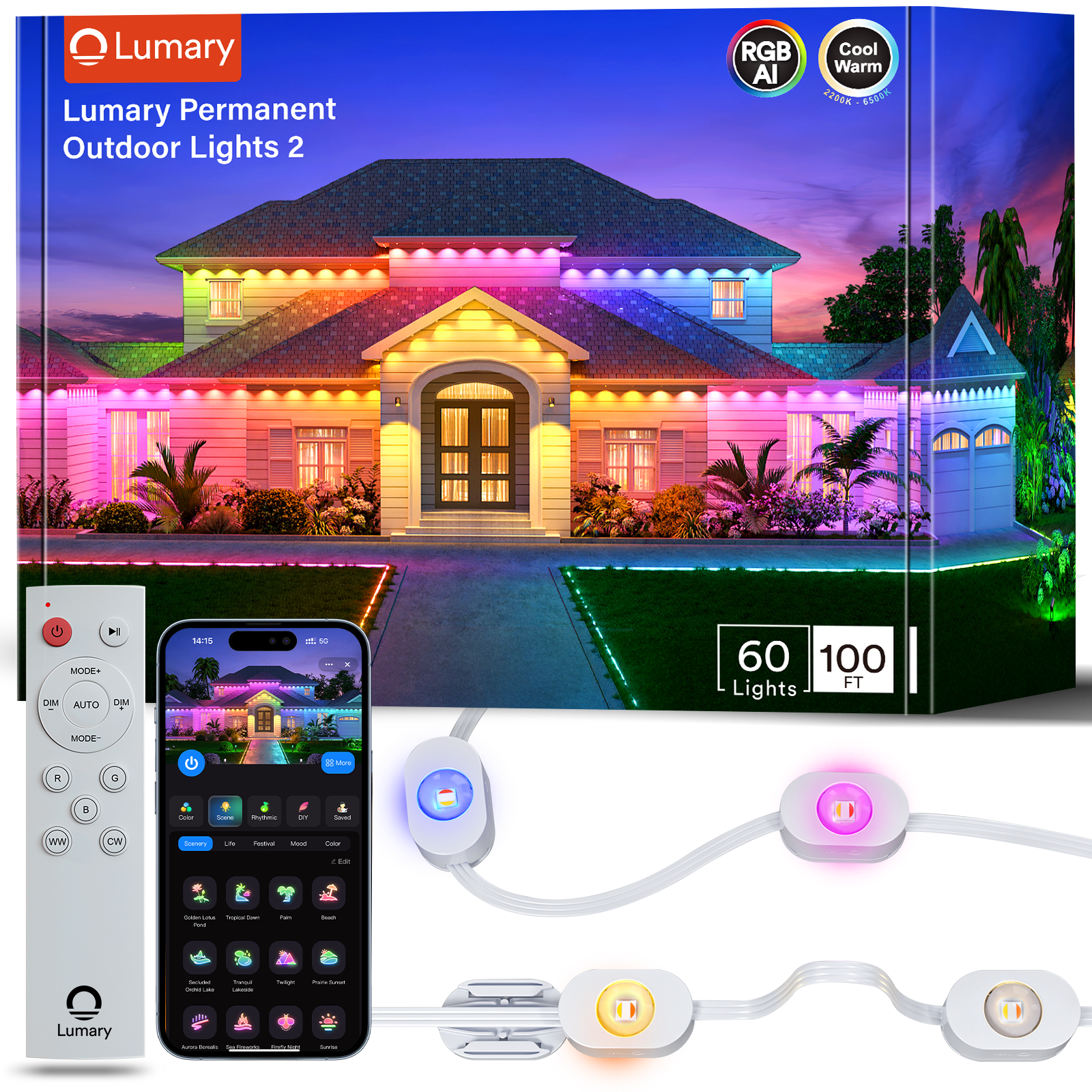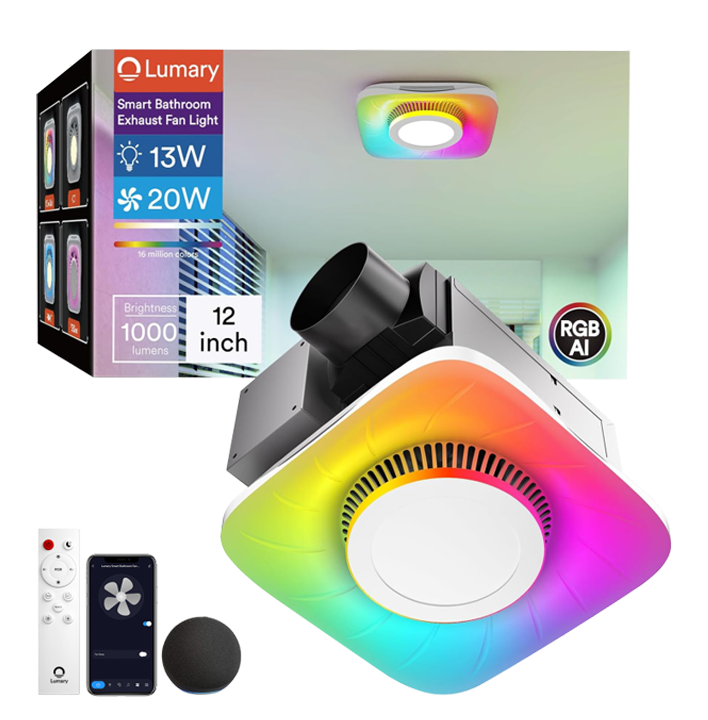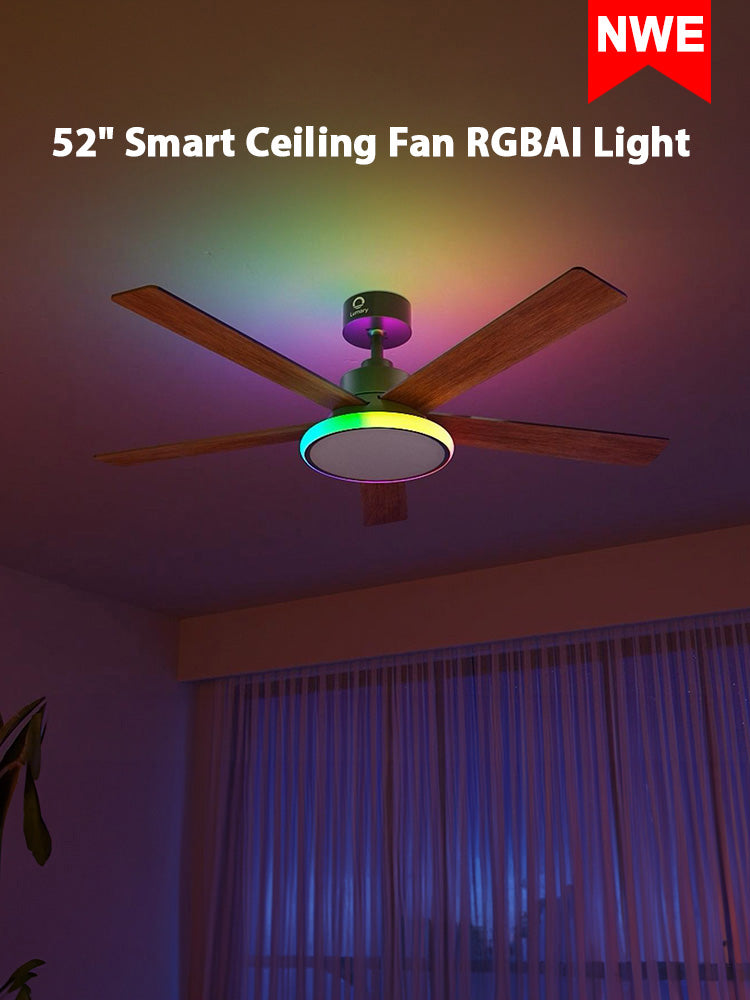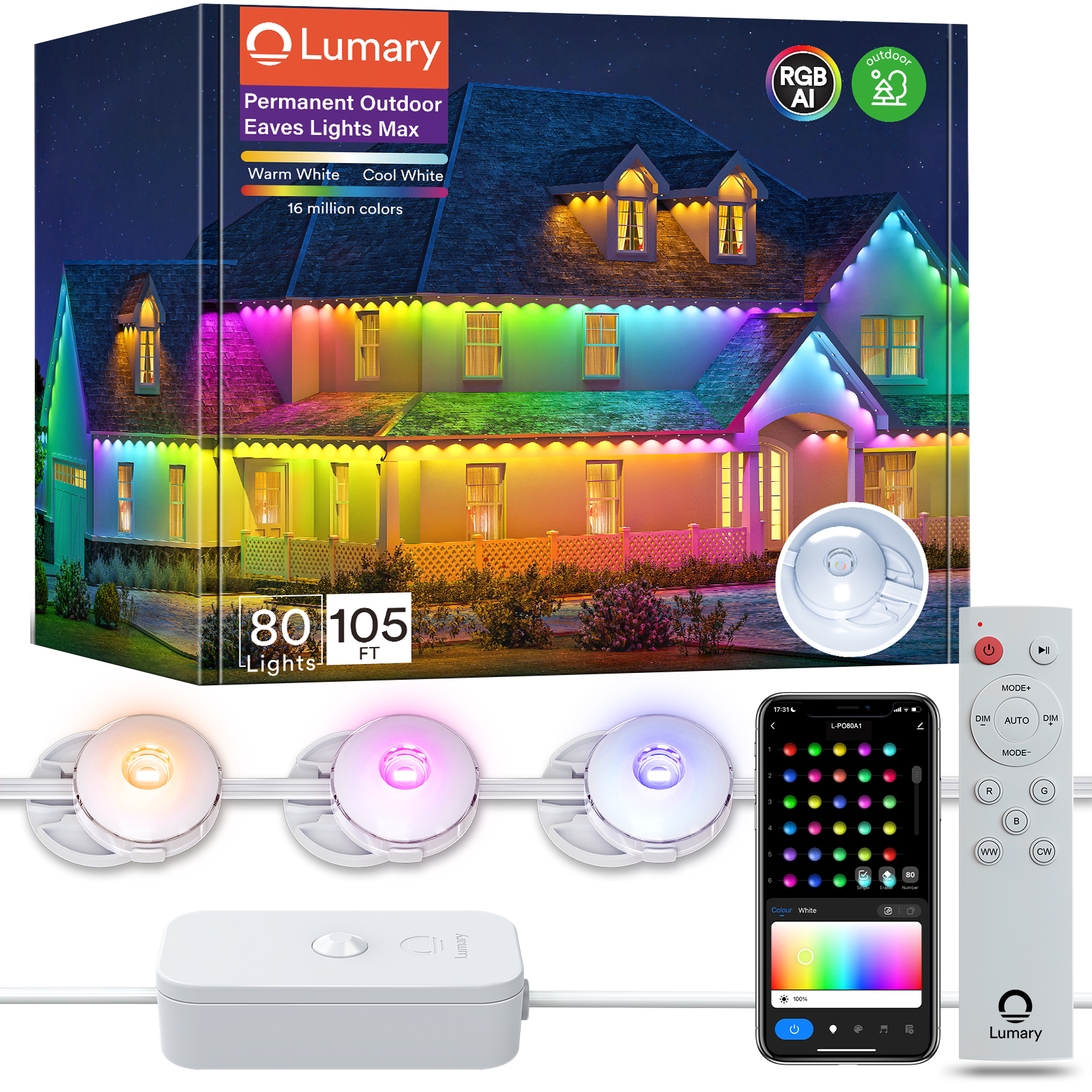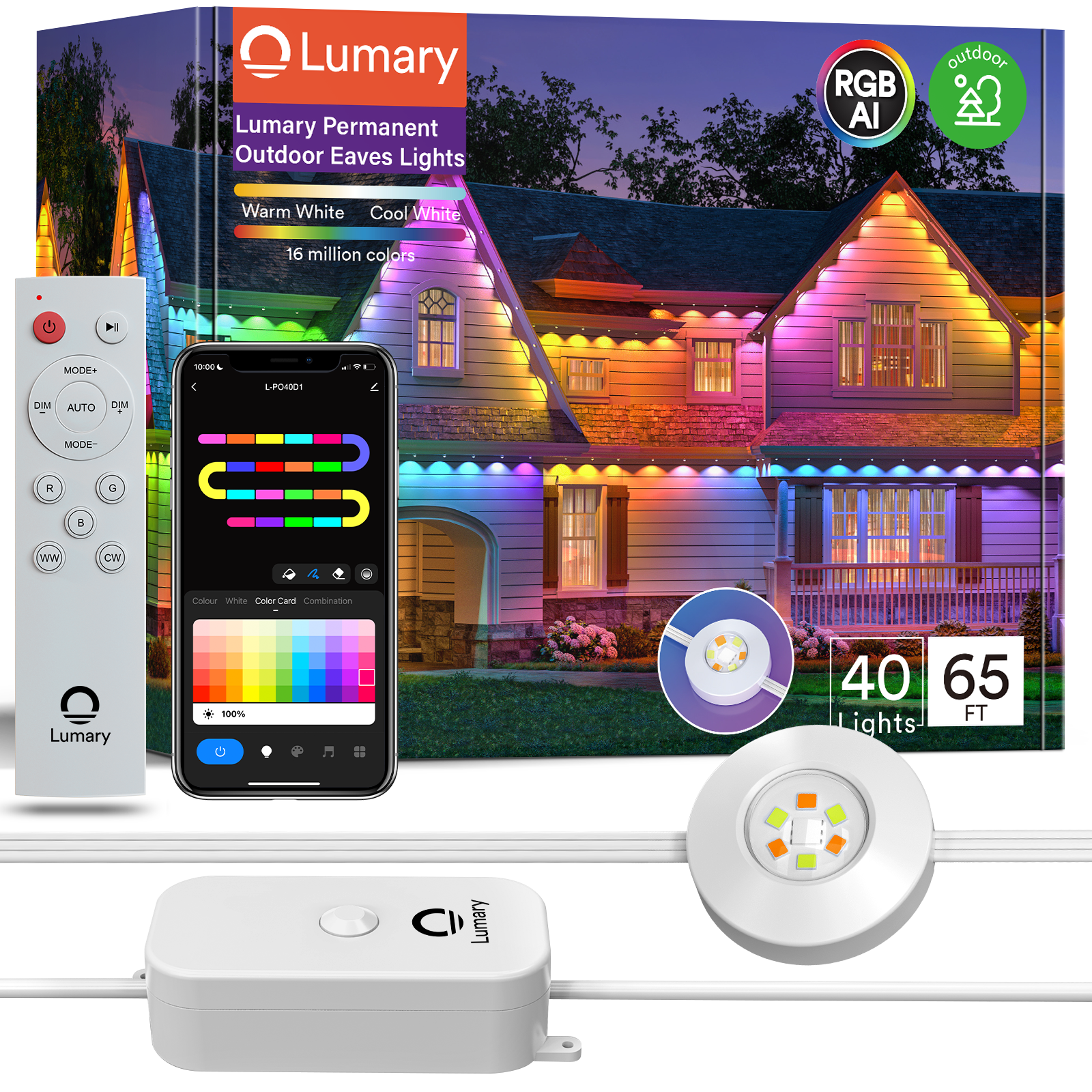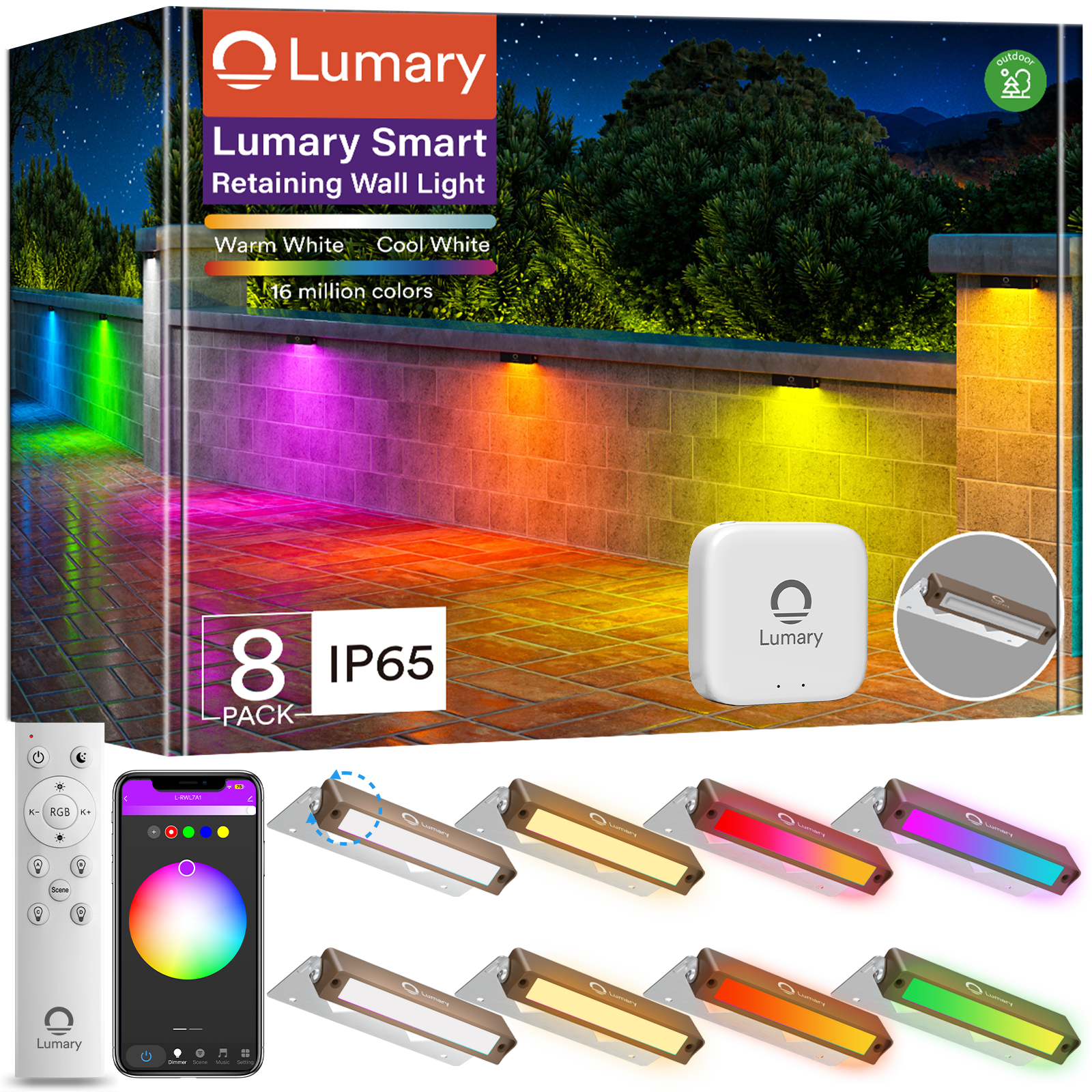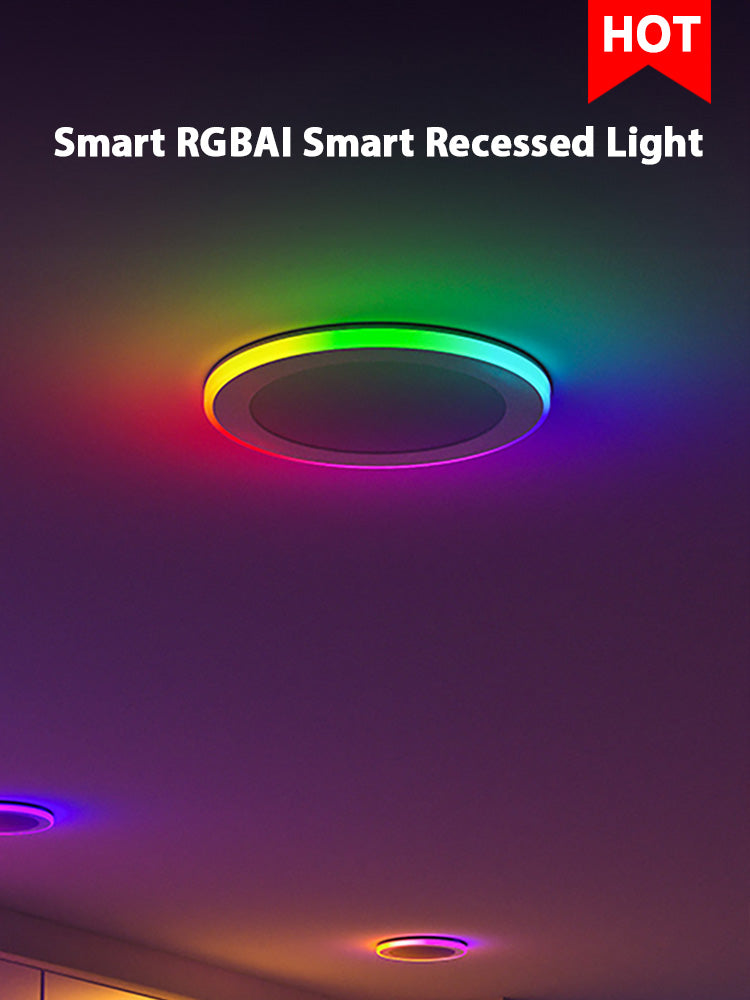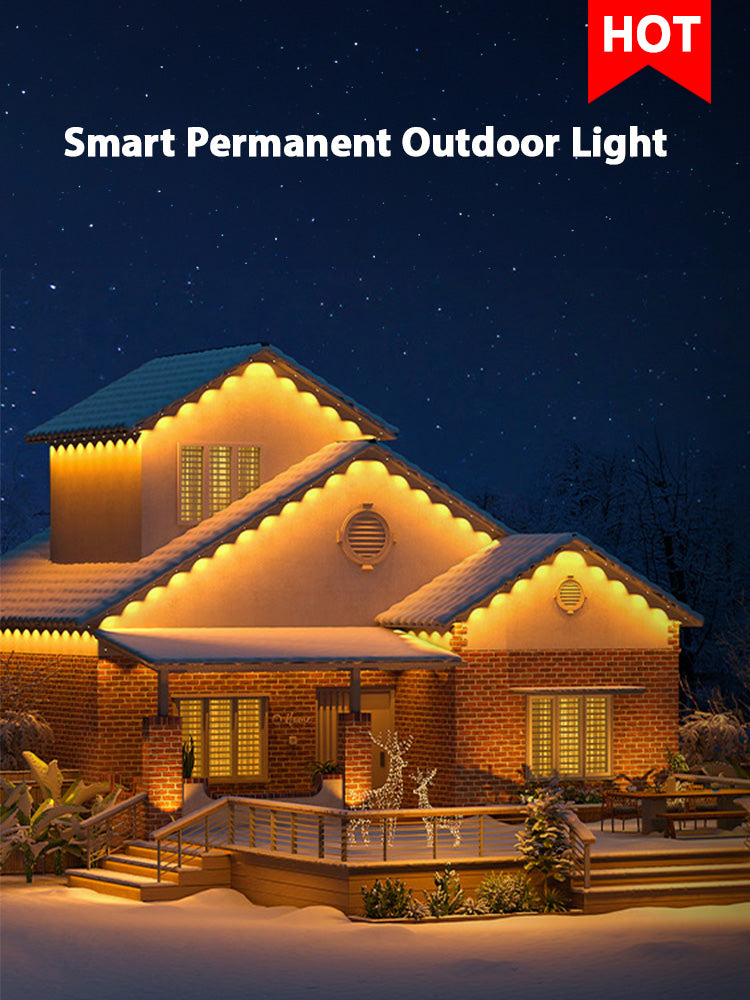LED canless recessed lighting has revolutionized home illumination, offering a sleeker, more energy-efficient alternative to traditional can lights. While these modern fixtures are inherently safer than their predecessors, proper installation and maintenance remain crucial for preventing fire hazards. Understanding the safety aspects of canless LED lighting isn't just about peace of mind – it's essential for protecting your home and family. Whether you're planning a new installation or upgrading existing fixtures, knowing how to avoid common fire hazards and ensure proper setup can make the difference between a safe, efficient lighting system and a potential safety risk.

How Does Canless Recessed Lighting Actually Work?
Three key components define modern LED canless recessed lighting systems: the ultra-thin LED light module, an integrated driver box, and a mounting frame fastened straight to the ceiling. Usually less than 1-inch in depth, these fittings are shockingly small compared to conventional housings.
Two primary ratings affect installation safety:
- IC-rated: Safe for direct contact with insulation
- Non-IC rated: Requires minimum clearance from insulation
Temperature management features include:
1. Built-in thermal protection
2. Aluminum heat-sink design
3. Auto-shutdown protection
4. Air gap requirements
Advanced thermal sensors included in these systems track running temperatures and, should dangerous conditions arise, automatically cut power or shut down. Unlike conventional recessed lighting, most current units have inbuilt temperature control mechanisms that help avoid overheating, therefore greatly increasing their safety.
What Are the Main Fire Risks with LED Canless Lights?
Despite their improved safety features, LED canless lights still present potential fire hazards if not properly installed and maintained.
Heat-Related Concerns:
Heat Buildup
- Blocked ventilation paths
- Excessive insulation contact
- Inadequate ceiling clearance
Safe Installation Requirements
- Minimum 3-inch spacing between fixtures
- Proper ventilation gaps
- Clearance from ceiling joists
- Insulation setback (for non-IC-rated units)

Electrical Safety Factors:
Wiring Considerations
- Use correct gauge wire
- Maintain proper connections
- Avoid wire pinching/strain
- Secure junction box mounting
Circuit Management
- Don't exceed circuit capacity
- Maximum 12 fixtures per 15-amp circuit
- Use compatible dimmers
- Regular connection checks
Pro Tip: Always verify your fixture's IC rating before installation, as this determines safe insulation contact and required clearances. When in doubt about any safety aspect, consult a licensed electrician.
How to Install Canless Recessed Lighting
Proper installation starts with careful planning and attention to detail. Follow these essential safety guidelines to ensure a secure setup.
Mounting Steps:
1. Ceiling Preparation
- Mark fixture locations
- Check for obstacles
- Verify joist positions
- Cut precise openings
2. Electrical Setup
- Turn off power at breaker
- Install junction box correctly
- Connect wires according to codes
- Use appropriate wire nuts
3. Fixture Installation
- Secure mounting clips evenly
- Test connections before mounting
- Insert fixture straight and level
- Check spring tension
Safety Checklist:
- Verify circuit capacity
- Maintain proper clearances
- Handle insulation carefully
- Test ground connections
- Check for secure fit
Final Testing:
- Power up individually
- Check for flickering
- Monitor heat levels
- Verify dimmer compatibility
Pro Tip: Take photos during installation for future reference and maintenance needs.
How Often Should You Check Your Canless Recessed Lighting?
Regular maintenance of canless LED fixtures ensures long-term safety and optimal performance. Create a routine inspection schedule to catch potential issues early.
Monthly Checks:
1. Visual Inspection
- Look for discoloration
- Check for flickering
- Listen for buzzing sounds
- Monitor dimming function
2. Warning Signs Requiring Immediate Action:
- Unusual heat output
- Intermittent operation
- Visible damage
- Color changes
- Dimming issues
Quarterly Maintenance:
- Gentle dust removal
- Trim inspection
- Connection check
- Heat sink cleaning
- Insulation clearance verification
Annual Professional Review:
- Electrical connection testing
- Temperature monitoring
- Driver performance check
- Mounting security verification
- Insulation condition assessment
Even LED fixtures require replacement eventually. Consider upgrading units showing signs of degradation or those approaching their 50,000-hour lifespan.
Regulations Apply to Canless Recessed Lighting Installation
Installing canless LED lighting guarantees legal compliance and safety only by understanding and following the rules. Every installation has to satisfy National Electrical Code (NEC) criteria, which define appropriate installation techniques, circuit protection, and wire procedures. Local building codes may also have more exacting standards, especially with relation to installation in particular places like bathrooms or outside spaces.
Safety compliance is much enhanced by UL certification. Search for fittings with the UL label, which denotes their passing of rigorous safety tests. Most jurisdictions demand UL-listed fittings for home installations, and insurance companies often mandate their use. The certification should especially encompass the whole fixture assembly, not only certain parts.
Local laws may call for professional installation, particularly for large changes or new circuit installations. Professional installation guarantees compliance with all pertinent codes and standards, even in cases when not required. Remember to arrange appropriate inspections with local authorities and get the required licenses before installation. This helps avoid later problems with house sales or insurance claims.

